Le Moulin Jaune [The Yellow Mill]Slava Polunin (b. 1950)
About the Artist/Site
Polunin, born in Novossil, a small village west of Moscow, grew up to become creative director of the St. Petersburg State Circus in Russia, and one of the most famous clowns working today, following a four-decade-long career that has taken him to more than fifty countries. Inspired by watching a Charlie Chaplin movie as a child, the next day he dressed in his father’s boots, hat, and cane to go to school. He made his friends laugh and he never stopped wanting to provoke that sensation. But rather than circus clownery, his performances are more poetic and minimal, inspired not only by Chaplin but also by Japanese theatre, Disney characters, and rock and roll. While he studied engineering in St. Petersburg as a young man, he never stopped wanting to be a clown, and during the Soviet period he often worked in mime, able to mock the authorities without having his speech censored.
But now Polunin has come home. Beginning in 2001 he began to create a complex and colorful home and studio within and around the three-hectare grounds an old mill building dating from 1802, which had been uninhabited for the previous twenty years. Most of the artwork is located on the interior of the complex, behind a high perimeter wall of concrete and wood. There, one is stuck by strategically- yet enigmatically-placed found and constructed objects – monumental skulls in the grass, a crystal chandelier or a series of wooden yellow chairs hanging from tree branches – that are constantly shifting and moving. Members of his clown troupe, Academy of Fools, may sometimes be seen strolling around the property, wearing absurd and colorful costumes.
Polunin believes that his home should function as a work of performance art; he describes it as “A Theatre Garden. A Theatre Home. A Theatre Life.” Thus it is primarily seen as a creative laboratory that draws inspiration from Fellini, from fairy tales, and from the numerous artists and artisans with whom he collaborates, including his architect Sacha Goutnova and the Brazilian artists Os Gemeos, who worked on the building’s façade. Honored as a “jardin remarquable” by the French government, the garden – actually, a confluence of several smaller adjacent gardens – is a site for artistic intervention. Depending on the season, there may be red gardens, white gardens, or black gardens, each color-coded and home to enigmatic sculptures and constructions. On the interior, rooms are also thematically purposed; some, like the White Room, are a voluptuous miasma of surfaces that belie preconceptions of hardness/softness; others, like the room dedicated to Mexico, are a fury of texture and color.
Le Moulin Jaune is open only periodically to the public, for limited times and in limited numbers, for self-guided walks, events, or workshops, so prior contact and reservations are required. Tickets as of this writing are 10 euros/person.
~Jo Farb Hernández, 2017
Contributors
Map & Site Information
Sente du Moulin Nicole
Crécy-la-Chapelle, Île-de-France, 77580
fr
Latitude/Longitude: 48.8619789 / 2.8883122
Extant
Sente du Moulin Nicole, Crécy-la-Chapelle, Île-de-France, 77580, France
Le Moulin Jaune is open only periodically to the public, for limited times and in limited numbers, for self-guided walks, events, or workshops, so prior contact and reservations are required. Tickets as of this writing are 10 euros/person.
https://moulinjaune.com/en/moulin-jaune-the-yellow-watermill/
Nearby Environments


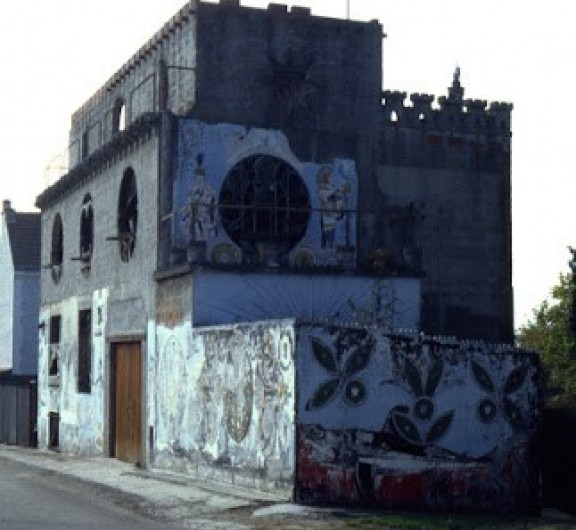
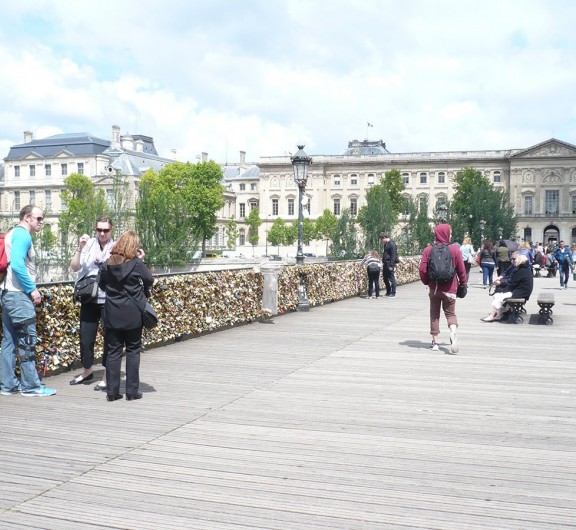
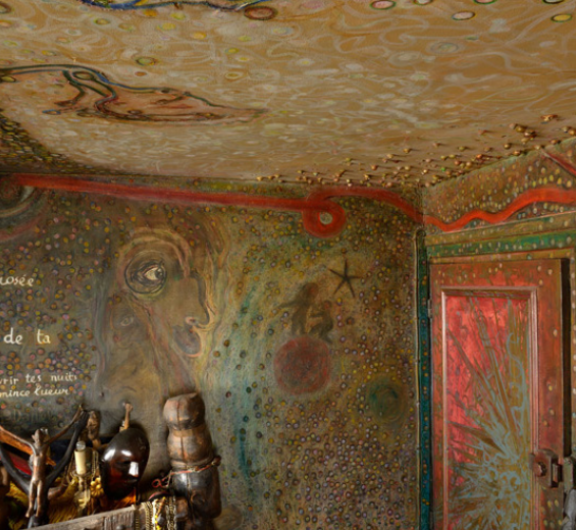

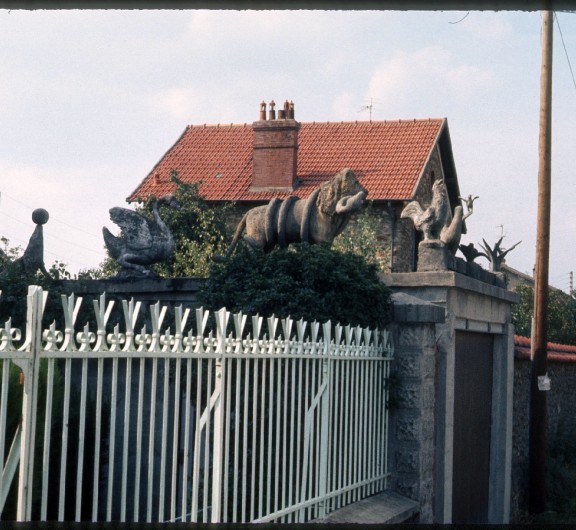
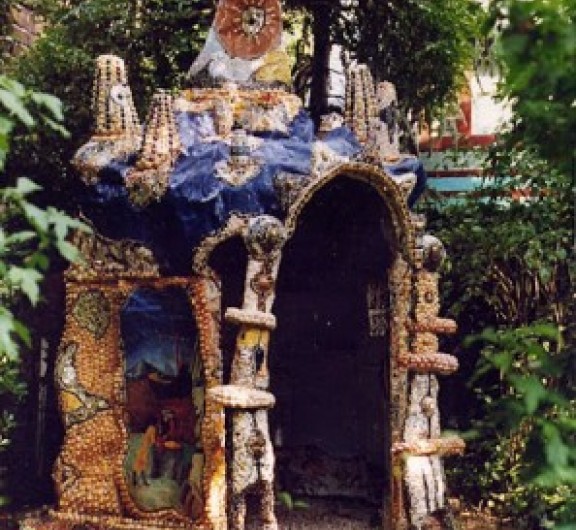

Post your comment
Comments
No one has commented on this page yet.